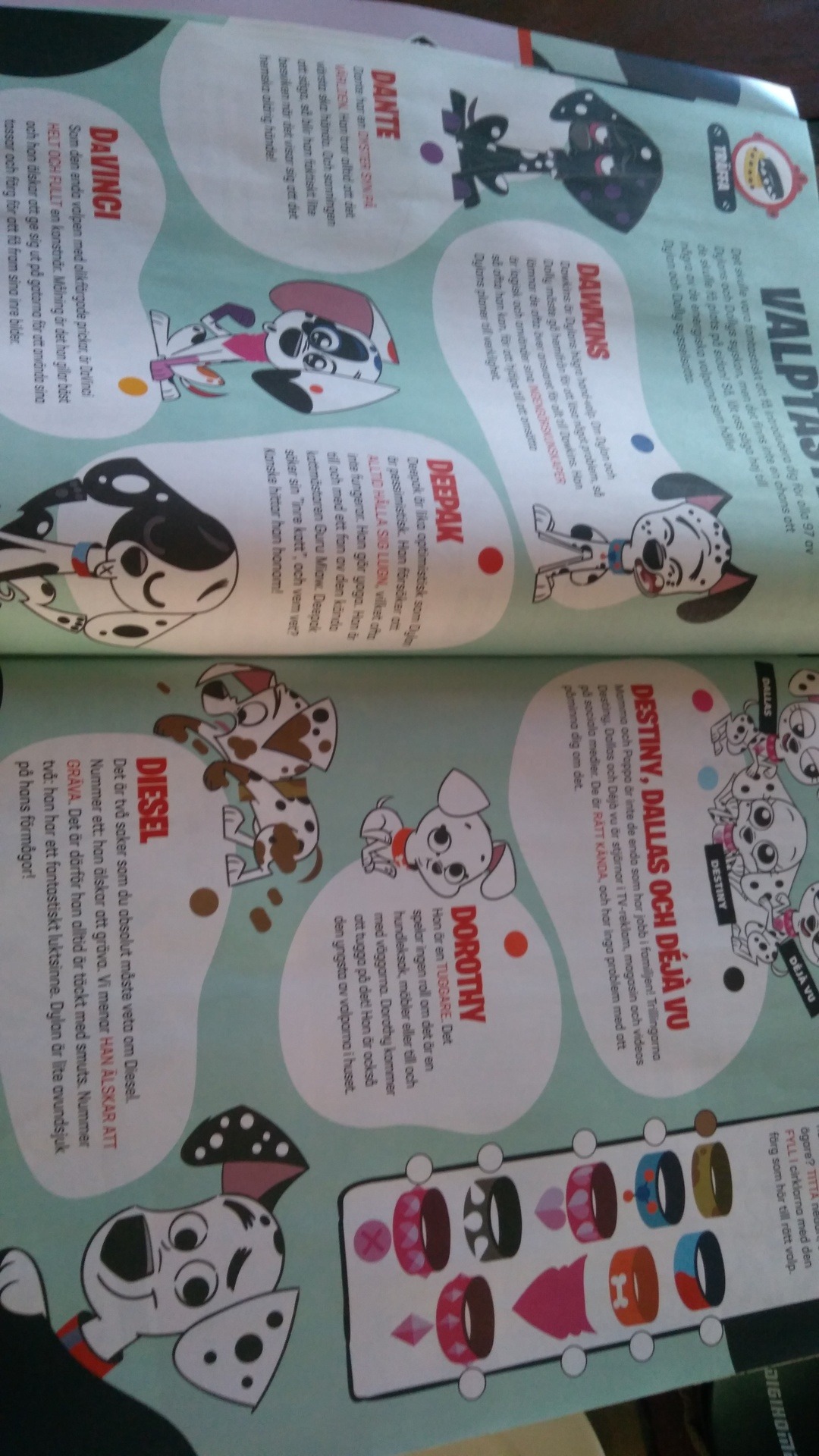The must-read summary of Jim Cockrum's book: 'Free Marketing: 101 Low and No-Cost Ways to Grow Your Business Online & Off'.This complete summary of the ideas from Jim Cockrum's book 'Free Marketing' shows that the best and most productive marketing strategies in the current business era are, in fact, completely or virtually free. Merchandising 101 All merchandising companies strive to have the most professional, well-trained and competent merchandiser work force available. As a merchandiser, what you do for one client might be completely different from the expectations of another client. In this post, you’ll discover 101+ social media sites that you can include in your social media marketing strategy for 2021. Some of these platforms could even help you build valuable connections in your areas of interest. Digital Marketing does not have to be expensive, you will find some really good marketing tools to help bring in new customers without costing you an arm and a leg. Infinity Marketing 101 is dedicated to providing up to date marketing strategies, tips and useful tools to help you grow your business and stay ahead of your comp.
Module Overview
- The Petroleum Product Marketing course consists of eight lessons:
- Introduction to Petroleum Product Marketing – What does this module cover?
- Marketing Fundamentals – What are the basic concepts of marketing and how do they relate?
- Retail Marketing – How do retailers market petroleum products to driveway customers?
- Wholesale Marketing –How do refiners market petroleum products in bulk?
- Business Drivers – What are the key business drivers that impact marketing operations and profitability?
- Business Processes – What are key business processes involved in marketing petroleum products?
- Marketing Trends – How are petroleum product markets changing around the world?
- Marketing References – Where can I go for further information?
Historical Perspective
Worldwide, transportation fuels account for about 25% of global demand, but it is the fastest growing portion of the demand barrel.
Free Merchandising 101 Training
In the United States, passenger cars still consume more petroleum products than any other sector. Today the US accounts for about 44% of the world’s gasoline consumption, and transportation fuels are 65% of the US demand. Since the US has one of the most competitive retail markets in the world, it has been a leading indicator in development of new petroleum marketing formats. Many of these formats are being adopted around the world – with some customization to accommodate local legislation an consumer preferences.
Most drivers think of the oil and gas industry primarily as fueling their automotive habits. Their greatest exposure to the industry is the ever-present retail gasoline station.
However, refineries produce a much broader variety of products than high, medium and low-octane gasoline. Nevertheless, this module focuses primarily on fuels marketing because of its importance to both the refiners and the consumers.
In the 19th century, most crude oil was processed into kerosene to be used for lighting. The gasoline left over typically was burned as waste. It wasn’t until 1907, when the Ford Motor Company began large-scale production of automobiles with internal combustion engines, that refiners began marketing gasoline (and other petroleum products) in earnest.
Free Merchandising 101 Degrees
St. Louis had the first gasoline service station in 1907, and by 1920, demand for gasoline as an automotive fuel dwarfed all other uses of petroleum, forever transforming the oil and gas industry.
Prices spiked in 1973, leading to US fuel economy legislation which slowed the rate of growth in gasoline demand somewhat. But as the US middle class grew, so did the number of cars on the road, leading to significant growth in demand. The same is happening today in emerging markets, especially China and India.
Petroleum Product Marketing
The Downstream portion of the oil and gas industry includes all the functions shown in the diagram – crude oil acquisition and transportation, refining, supply and bulk distribution, and marketing (retailing, distribution, and terminals/wholesalers).

The Business of Oil and Gas learning includes additional courses that cover the other Downstream functions.
The characteristics of the petroleum product marketplace vary widely from country to country, but since Ford began mass marketing the automobile in the early 20th century, the United States has been the leading indicator for petroleum product marketing concepts, pricing and formats for the rest of the world. Accordingly, this Course focuses on marketing practices in the United States, with notes on alternative practices in other global markets as appropriate.
The highlighted portion of the diagram shows where petroleum product marketing fits in the downstream value chain. Beginning from the bottom, right to left, the marketing function covers petroleum products sold from storage terminals at refineries, pipelines and marketing terminals. The most widely known aspect of marketing around the world is the retail service station.
Key Functions of a Marketing Department
Free Merchandising 101 Classes

The key functions of a Marketing Department include:
- Developing and implementing strategies to maximize return on assets in a dynamic retailing environment.
- Keeping in touch with customers to determine their needs and preferences.
- Monitoring the performance of products in the field.
- Forecasting future sales quantities so that production and distribution departments can adjust their operations.
- Managing the day-to-day operations of a network of retailers and resellers.
Related Resources:
Drilling Wells for Oil and Gas and Offshore Drilling